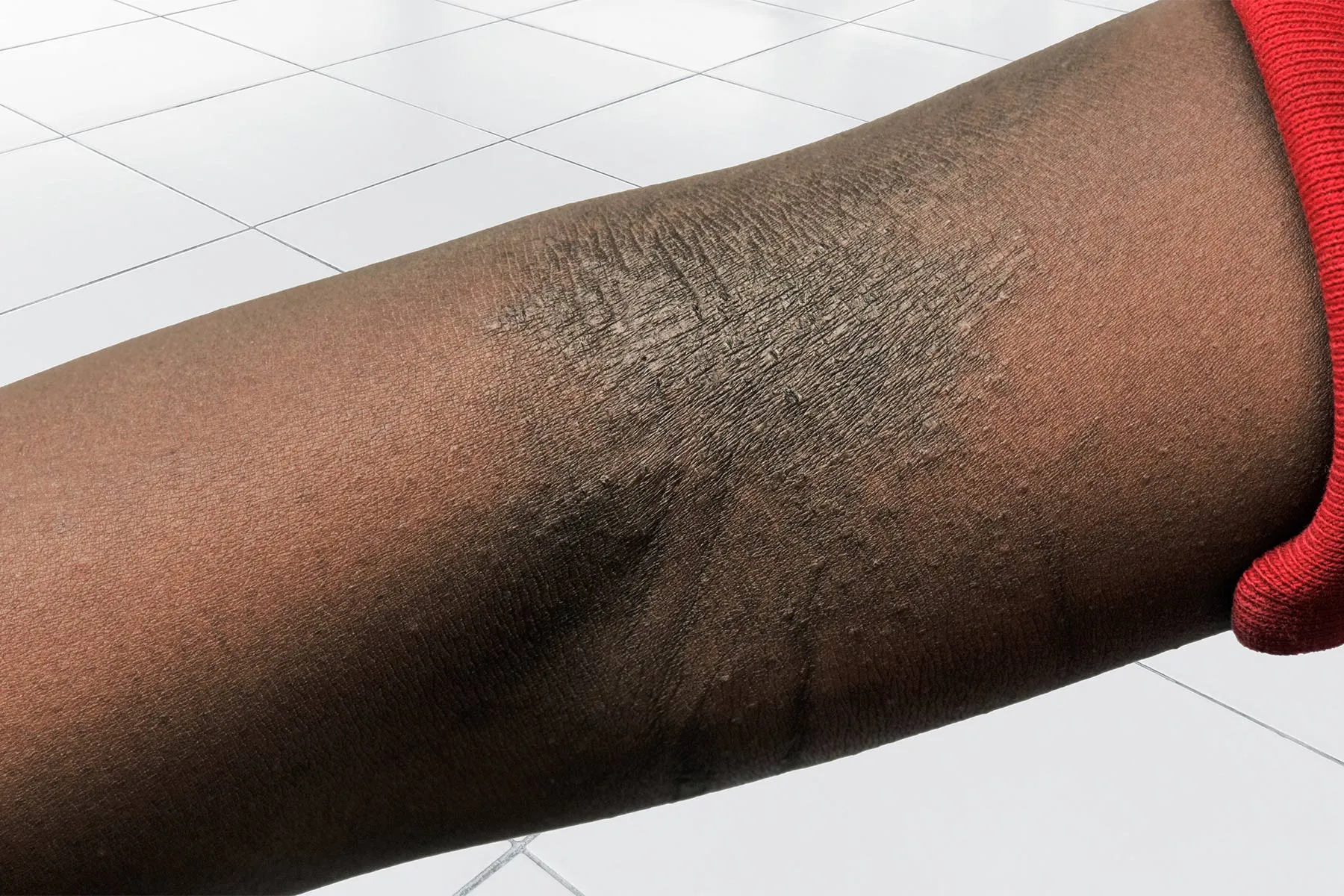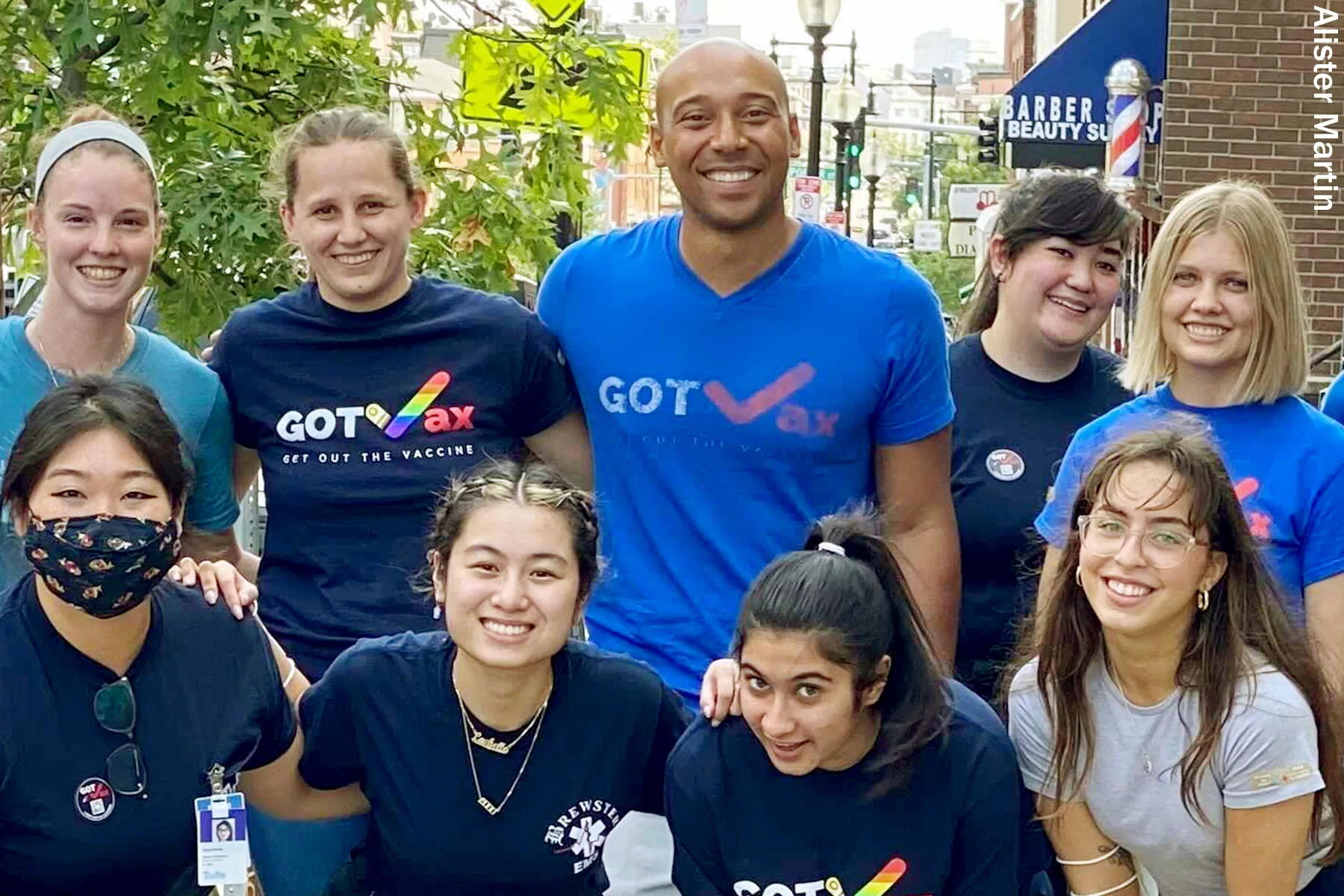Race Can Determine Who Avoids Prison: Study
For qualifying offenders, diversion programs promise rehabilitation, not conviction. But the authors of a recent study argue that the referral process privileges white defendants over people of color, leading to unequal diversion rates in several jurisdictions.

In an effort to reduce incarceration rates, states have created diversion programs, allowing young and first-time offenders to avoid conviction by participating in programs that address the underlying causes of arrest, from mental illness to substance abuse.
But diversion programs, like most facets of the criminal legal system, are racially asymmetrical: white defendants are generally more likely to benefit from diversion programs than people of color, according to a study conducted by experts from Florida International University (FIU), Loyola University Chicago, and the Safety and Justice Challenge.
The study documents racial disparities in diversion using data from prosecutorial offices in four jurisdictions — Chicago, Jacksonville, Milwaukee, and Tampa — finding that the diversion process invites opportunities for unequal outcomes. Diversion eligibility criteria, like having a clean record, already favors white defendants, since decades of research indicates people of color are more likely to accumulate prior records.
In many cases, it’s up to individual prosecutors to decide who to refer to diversion programs, a choice often based on their assessments of dangerousness and success in diversion. They base these assessments on factors heavily influenced by race, like employment, housing status and neighborhood of residence.
Additionally, the authors argue that people of color may be less likely than white people to accept diversion offers, which come with anticipated costs and travel expenses. If they do accept such offers, resource constraints — funding for programming, drug tests and court costs — tend to more heavily impact people of color.
“We know, for example, that many programs have entry fees which pose a significant burden for defendants’ families,” the authors write. “Reducing or eliminating such fees would improve the chances of diversion completion, especially for low-income people.”
The authors — FIU criminology professors Besiki Luka Kutateladze, Rebecca Richardson Dunlea, Lin Liu and Ryan Meldrum; FIU justice policy directory Melba Pearson; and Loyola criminology professor Don Stemen — examined diversion rates in the four jurisdictions.
They found that, among felonies, Black defendants have the lowest diversion rate in every jurisdiction. Among misdemeanors, Black defendants have the highest diversion rates in Jacksonville and Tampa, and the lowest in Milwaukee.
In Chicago, racial differences in felony diversion are “large,” the authors write. Over a three-year period, less than 8 percent of Black and Hispanic defendants were diverted, compared to 15 percent of white defendants. Disparities are less pronounced in Jacksonville, though Black defendants still have lower diversion rates than white one among felony cases.
In Jacksonville, “Black defendants have increasingly higher diversion rates among misdemeanors,” the authors write. “The opposite trend has emerged for Hispanic defendants (although the number of Hispanic defendants is relatively small). Hispanic defendants receive diversion more often than White defendants in felony cases but less often in misdemeanor cases.”
These findings are varied, but they point to racial disparities among diversion programs, with white defendants receiving more referrals. In response, the authors suggest several strategies to remedy these lopsided rates. They argue that all prosecutorial offices should collect data on diversion for both felony and misdemeanor cases, which enables offices to identify and begin to address disparities.
Additionally, instead of considering prior records as disqualifying factors for placement in diversion programs, officials should consider that the over-policing of minority neighborhoods leads to more arrests and convictions. Altering the eligibility criteria — not allowing old and non-violent convictions to disqualify defendants for diversion — may lead to more equitable outcomes.
The authors also encourage jurisdictions to develop strategies specific to their communities.
“The above recommendations are complementary; as such, offices should consider adopting them jointly,” they write. “They are not exhaustive, however, and each jurisdiction should come up with additional strategies, informed by research, to improve diversion decisions and outcomes.
“Our goal is to continue providing empirical evidence to inform policies and practices toward more equitable and effective decision making about prosecutorial diversion.”
The full report is available here.
Eva Moscowitz is a TCR Justice Reporting intern.

 Landwebs
Landwebs 




















